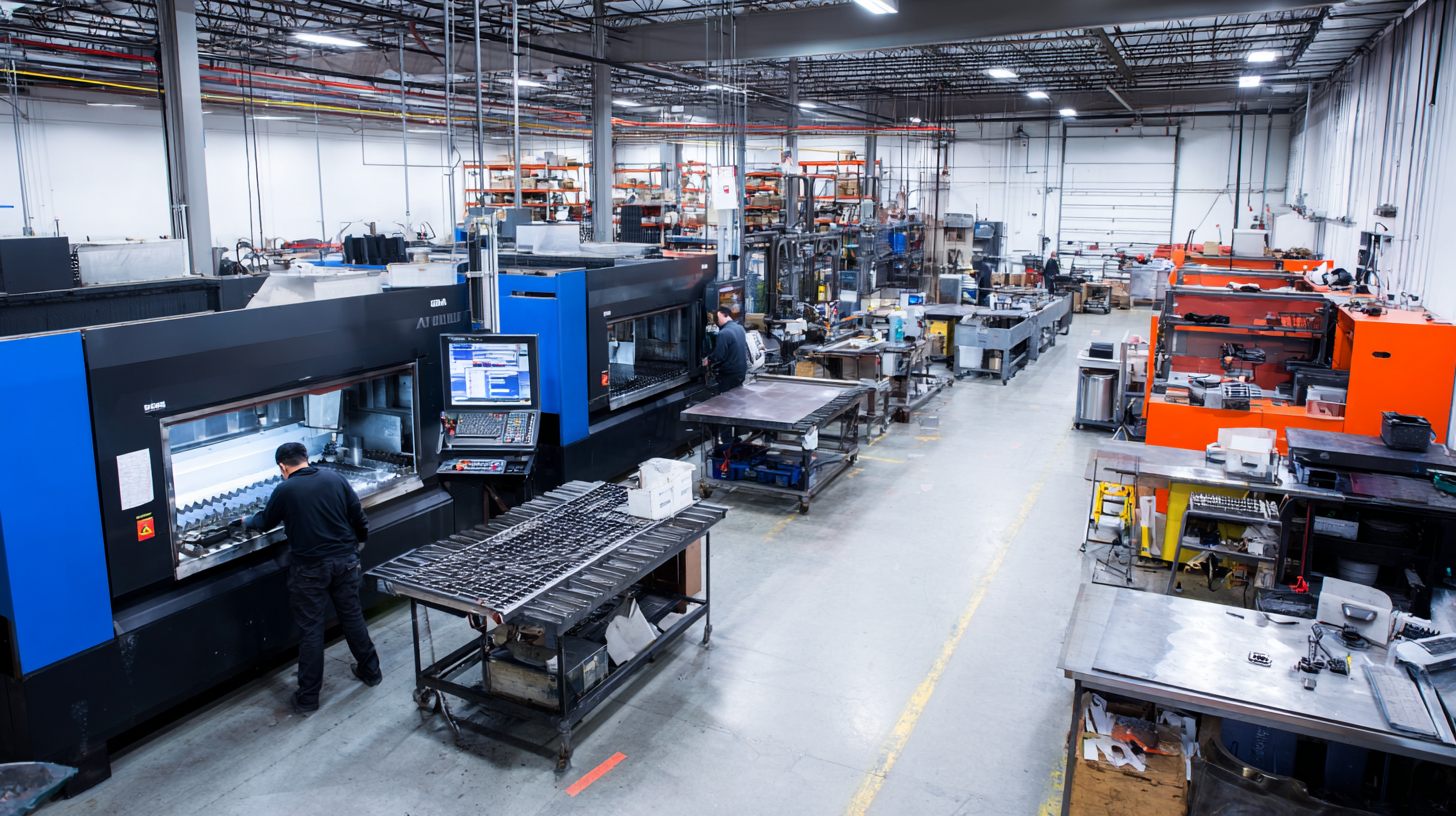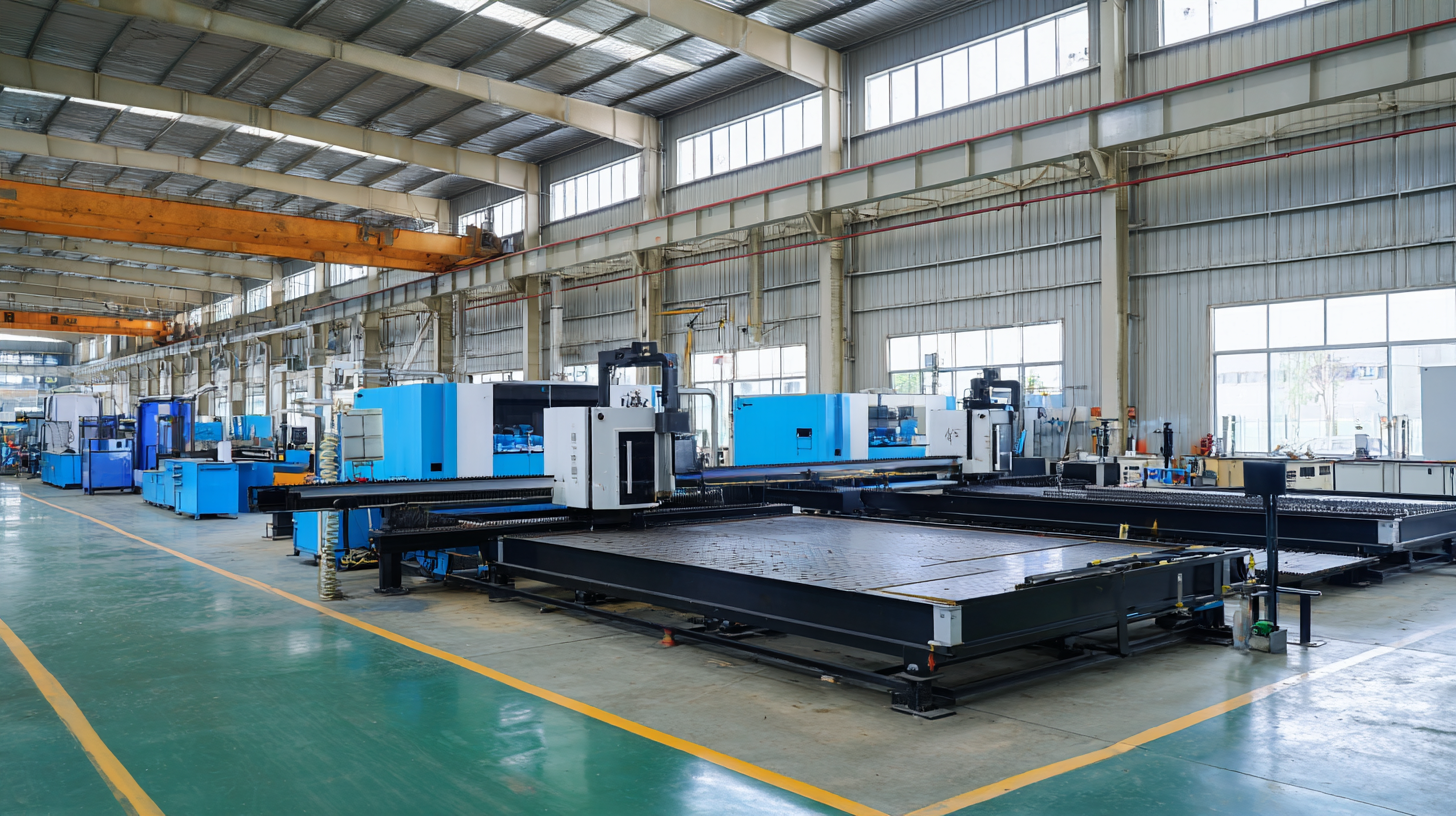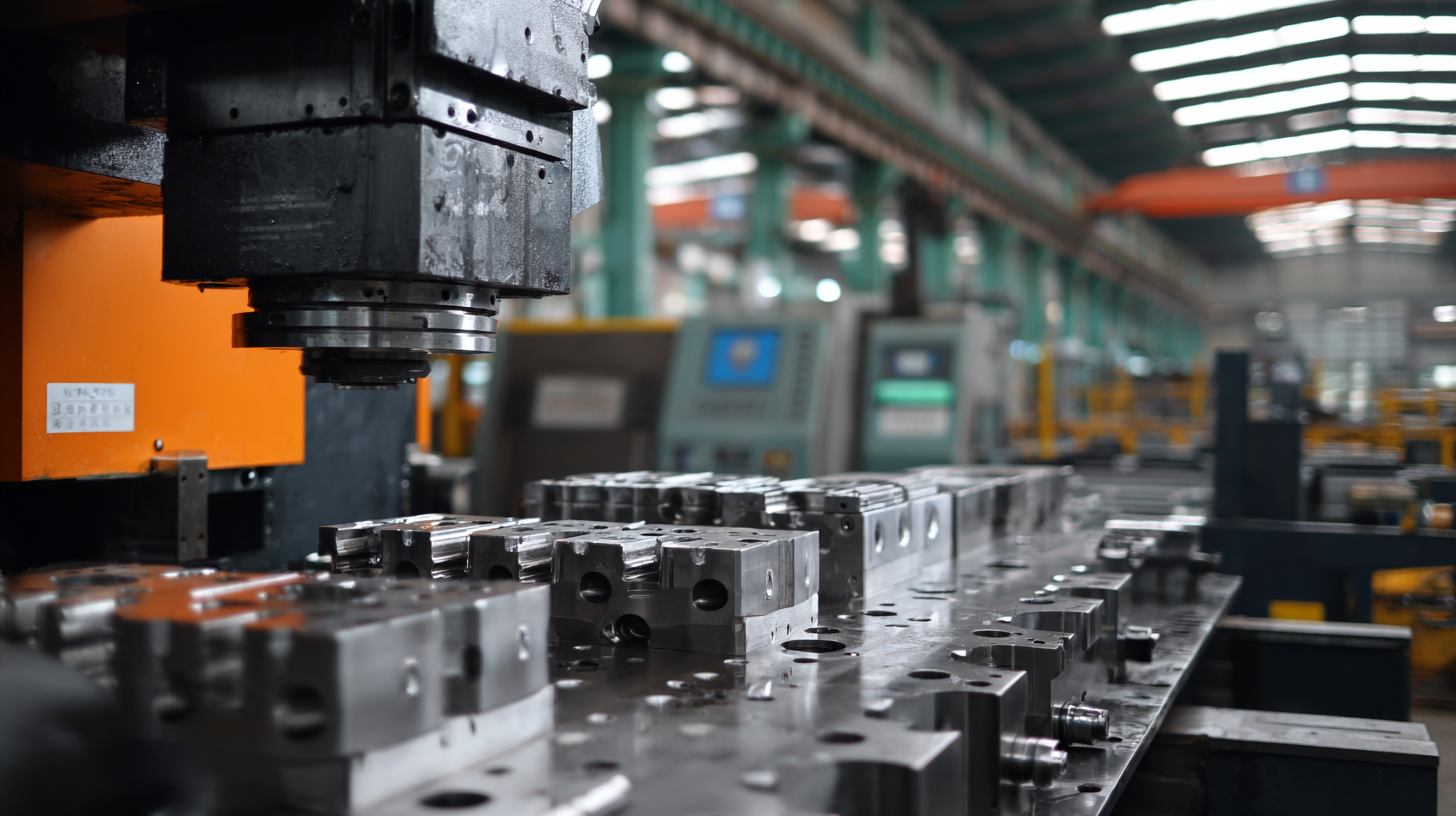Office USA: 706-658-1122 | Tech Support: 706-362-4813
Office Bulgaria: +359 431 64477
Understanding the Top Features of Best Fabrication Equipment
In the dynamic landscape of manufacturing, the importance of advanced fabrication equipment cannot be overstated. According to a recent report by MarketsandMarkets, the global fabrication equipment market is projected to reach USD 17.4 billion by 2026, growing at a CAGR of 5.4% from 2021. This growth is driven by the increasing demand for precision and efficiency in various industries, including automotive, aerospace, and electronics. To meet these demands, it is essential to understand the top features of the best fabrication equipment available today. From cutting-edge laser technologies to advanced automation systems, the right equipment enhances productivity and ensures quality outcomes. In this blog, we'll delve into the critical technical specifications and types of fabrication equipment that are transforming the manufacturing sector.

Key Applications of Fabrication Equipment in Various Industries
Fabrication equipment plays a critical role across various industries, enabling the transformation of raw materials into finished products. In the automotive sector, for instance, fabrication tools such as laser cutters and CNC machines are essential for producing precision parts that ensure vehicle safety and performance. The ability to accurately shape metals and composites is paramount in meeting the rigorous standards demanded by both manufacturers and consumers.
In the construction industry, fabrication equipment facilitates the assembly of structural components, enabling faster and more efficient building processes. Steel fabrication machinery is commonly utilized to create beams, columns, and other integral parts of buildings, providing the strength and durability required for modern architecture. Additionally, in the electronics field, fabrication tools are key to producing circuit boards and components that meet the swift pace of technological advancement, ensuring high-quality and reliable electronic devices. Each industry relies on the unique capabilities of fabrication equipment to enhance productivity and maintain competitive advantage.
Innovative Technologies Transforming Fabrication Equipment
In the rapidly evolving landscape of fabrication equipment, innovative technologies are playing a pivotal role in transforming the industry. One of the most significant advancements is the integration of automation and robotics, which has drastically improved efficiency and precision in manufacturing processes. Automated systems can perform repetitive tasks with unparalleled accuracy, reducing human error and increasing output. These technologies not only enhance productivity but also allow skilled workers to focus on more complex and creative aspects of fabrication.
Another key innovation is the application of additive manufacturing techniques, commonly known as 3D printing. This technology enables manufacturers to create intricate designs and prototypes with greater flexibility and less material waste. With 3D printing, companies can quickly iterate on designs and customize products to meet specific client needs without the traditional constraints of tooling and setup times. As these technologies continue to evolve, the potential for greater customization and rapid prototyping positions fabrication equipment at the forefront of manufacturing innovation.
Understanding the Top Features of Best Fabrication Equipment
Understanding Different Types of Fabrication Tools and Their Functions
Understanding Different Types of Fabrication Tools and Their Functions
Fabrication tools are essential in manufacturing, serving diverse purposes that enhance production efficiency and product quality. Each type of tool is designed for specific tasks, ranging from cutting and bending metals to 3D printing advanced materials. For instance, traditional tools like laser cutters and CNC machines allow for precision shaping of materials, while newer technologies such as additive manufacturing enable the fabrication of complex geometries that were previously unattainable.
Tips: When selecting fabrication tools, consider the specific properties required for your project. Different materials call for different tools; for example, functionally graded materials may necessitate specialized processes to ensure optimal performance. Additionally, familiarize yourself with the capabilities of generative AI in manufacturing, as it can significantly enhance design efficiency and innovation.
Furthermore, understanding the interactions between materials is crucial for effective fabrication. Techniques such as intercalation can modify material properties and improve functionality, especially in composite materials or 2D structures. By leveraging these advanced fabrication methods, manufacturers can produce high-quality products while maximizing their operational efficiency.

Efficiency Enhancements Through Advanced Fabrication Equipment Features
In the fast-paced world of manufacturing, the efficiency of fabrication processes has become paramount. Advanced fabrication equipment features are at the forefront of driving this efficiency. According to a report published by the International Journal of Advanced Manufacturing Technology, companies utilizing automated fabrication tools have reported up to a 30% increase in production speed while significantly reducing material waste. This is largely due to innovations such as computer numerical control (CNC) machines and advanced robotics, which enhance precision and streamline workflows.

The integration of smart technology into fabrication equipment has also revolutionized operational efficiency. A study from the Manufacturing Leadership Council highlighted that manufacturers embracing IoT-enabled devices have experienced a 25% boost in overall equipment effectiveness (OEE). These advancements allow for real-time data monitoring and predictive maintenance, minimizing downtime and optimizing resource allocation. As businesses continue to adopt these cutting-edge technologies, the future of fabrication equipment promises not only enhanced efficiency but also improved sustainability in manufacturing practices.
Choosing the Right Fabrication Equipment for Specific Industry Needs
When selecting fabrication equipment, it’s crucial to align your choice with the specific needs of your industry. Different sectors, whether manufacturing, automotive, or aerospace, have unique requirements that dictate the type of equipment best suited for their operations. For instance, a precision-focused industry may prioritize CNC machines that offer high-level accuracy, while a construction sector might lean towards heavy-duty machinery capable of handling robust materials.
Moreover, considering the scale of production is essential. High-volume operations often benefit from automated systems that enhance efficiency and reduce labor costs, whereas smaller businesses might favor versatile tools that can perform a variety of tasks without a large initial investment.
Additionally, factors such as maintenance, availability of technical support, and compatibility with existing systems should also be evaluated to ensure the chosen equipment integrates smoothly into the workflow. Understanding these elements will empower businesses to make informed decisions that optimize performance and productivity.
